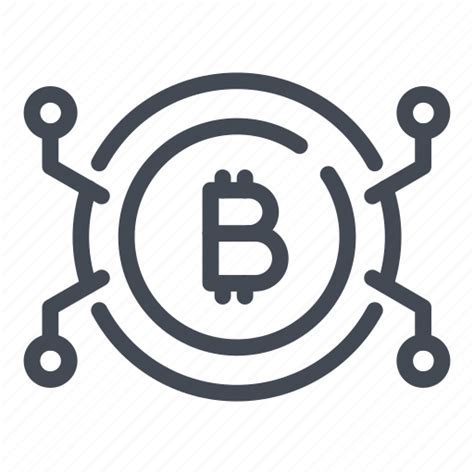Here is an article about the connection of Bitcoind and BTC RPC Explorer in Docker:
Connecting Bitcoin (Bitcoind) and BTC RPC Explorer in Docker
As an enthusiastic of cryptocurrencies, it is likely to be familiar with the importance of having multiple tools working together. In this article, we will explore how to connect Bitcoind, the popular decentralized cryptocurrency software, with BTC RPC Explorer, a graphical user interface to consult the Bitcoin blockchain data.
Why connect Bitcoind and BTC RPC Explorer?
Before immersing ourselves in the configuration process, we quickly discuss why it is possible to connect these two services:
* Decentralized applications : Many Defi projects (decentralized finances) and NFT (non -fungible token) depend on bitcoin as its native cryptocurrency. To interact with these applications, they require access to Bitcoind.
* Research and Development : Developers and researchers often need to consult Bitcoin’s blockchain data using tools such as BTC RPC Explorer. The Bitcoind connection allows perfect interaction with these data.
Docker containers configuration
To connect Bitcoind and BTC RPC Explorer in a Docker environment, follow these steps:

Step 1: Pull the official image of Bitcoind
First, we need to extract the official Bitcoind image of Docker Hub. Execute the following command:
`Bash
Docker Pull Bitcoind/Bitcoind: Last
This will download the latest version of Bitcoind.
Step 2: Create a new Dockerfile for BTC RPC Explorer
Create a new file calledDockerfilein the same directory as your existing files. This file will contain the instructions to build a Docker image for BTC RPC Explorer.
Dockerfile
Use an official node.js image
From the node: last
Establish the work board in /application
Workdir /app
Copy .gitignore and makefile
Copy ./.Gitignore Makefile.
Install dependencies
Run NPM Install -g Bitcoin -cli
Create the application
Execute the construction of NPM RUN
Expose the port
Expose 8545
Execute the application when the container starts
Cmd [".
This Dockerfile uses an official node image. JS, establishes a work directory for the application, installs units using NPM, builds the application, exposes port 8545 (the predetermined RPC port) and defines thecmdinstruction to execute the application When the container is thrown.
Step 3: Build Docker's images
Create two separate dockerfiles:
- One for Bitcoind (Bitcoind/Dockerfile
)
- One for BTC RPC Explorer (BTXRPC/DOCKERFILE
)
Build each Docker image using:
Bash
Docker Build -T Bitcoind-bitcoin-core.
DOCKER BUILD -T BTXRPC-BTC-RPC.
Step 4: Execute Docker containers
To start the containers, use the following commands:
- For Bitcoind:Docker Run -D –Name Bitcoin -Container bitcoind/bitcoind: last
- For BTC RPC Explorer:Docker Run -D –Name XRPC -Container BTXRPC/BTXRPC: Last
The-Nameflag creates a temporary name for each container, which is stored in Dockerfile. This allows you to easily manage multiple containers without conflicts.
Step 5: Access Bitcoind and BTC RPC Explorer
Once the containers are executed, you can access Bitcoind and BTC RPC Explorer using their respective URL:
- Bitcoind:http: // localhost: 8546`
- BTC RPC Explorer:https: // xrpc-container
(replacexrpc-counts with its real name of the container)
Conclusion
Following these steps, Bitcoind and BTC RPC Explorer has successfully connected in a Docker environment. This configuration allows a perfect interaction between the two services, which allows easy access to Bitcoin blockchain data using tools such as BTC RPC Explorer.
As a final note, keep in mind that this is just a way of connecting Bitcoind and BTC RPC Explorer in Docker. You can experiment with different configurations and images to find what works best for your specific use.
